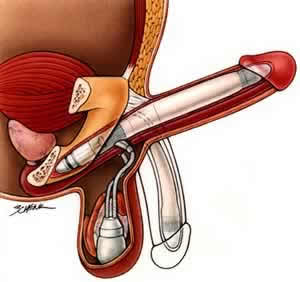This disorder varies in severity. There can be cases where the patient has never experienced an erection since childhood. These problems can be treated through medications or surgery. The other cases involves patient having erection but inconsistently. These inconsistent cases are presented in two forms the first being the cases where patients experience sudden and complete loss of erection though they have a history of active, healthy sexual life and the second case of patients inconsistent ability to achieve an erection. There are some who can achieve it, but only for a brief period of time that does not allow penetration. Previously, due to social norms, patients were hesitant to discuss this issue with doctors and hence many people suffered in silence. But in the face of an aware and more health conscious population, decreasing social stigma associated with this disorder and an increasing availability of effective oral therapy for its treatment, more people are seeking treatment and getting cured. There are cases of men diagnosed with this disorder who may be able to attain sexual satisfaction, but due to psychiatric stress, the relationship with their partner gets affected which can in turn aggravate the physical problem.
Research:
Due to this reason, estimating its incidence becomes difficult. According to the National Ambulatory Medical Care Survey (NAMCS), for every 1,000 men in the United States, 7.7 physician office visits were made for ED in 1985. By 1999, that rate had nearly tripled to 22.3.? But even today, only 10% of the affected population seeks medical aid for treatment of this disorder. In 2003 researchers from the Harvard School of Public Health conducted a study to assess the relationship between age and erectile dysfunction. The studies indicated that men who were physically active and possessed a lean frame had lower chances of encountering ED than men who opted for a sedentary life style and had a heavier body. During the study, less than 2% men reported that they experienced erection problems before the age of 40 while 4 % experienced this problem between the age 40 and 49. Post 50, more than 26% men reported ED, while 40 % of men between 60 and 69 complained of this disorder. After crossing the age of 70, there was steep rise in the occurrence of this disorder with over 61% of men suffering from it. Though these studies show that the prevalence of erectile dysfunction increases with age, it is not a part of normal aging process as assumed by some men. Since erection occurs due to hormones, blood vessels, nerves and muscles working in coordination, lack of erection simply implies that its time to seek medical help and not put it off as an age related disorder. Though studies do suggest that with age, sexual desire decreases to the extent that post 55 the need to have sex is three times lesser than that of an 18 year old boy.



